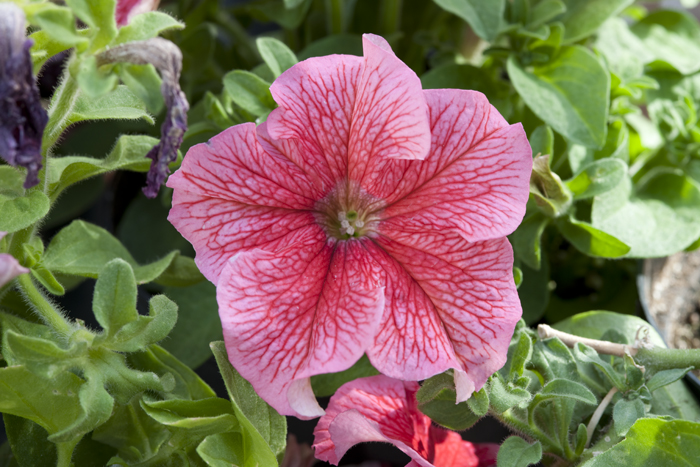 Genetically Modified blue roses produced by the FloriGene company. This picture was snagged from their website
Genetically Modified blue roses produced by the FloriGene company. This picture was snagged from their website Man has been domesticating animals, plants, bugs--you name it. Now, with the increasing ability to manipulate the code of life through genetic engineering, there are plenty of examples of pets that are the result of bioengineering to make special colored flowers, cats that are allergen-free, fluorescent fish, even clone pets (currently this option is on hold for one US company) or store the DNA for future use.
Maybe someday, we'll have examples like this to buy in the store: GenPet which is proclaimed as some sort of semi-living flesh based organism, but is just a sketch by artist Adam Brandejs for now.
Florigene -- http://www.florigene.com/index.php
Genetically modified flowers - they created the blue rose...
Felix Cats -- http://www.felixpets.com/welcome.html
Allergy-free cats
Allerca -- http://www.allerca.com/html/aboutallerca.html
Hypoallergenic cats
GloFish -- http://www.glofish.com/
Glowing fish
BioArts -- http://www.bioarts.com/press_release/ba09_10_09.htm
BioArts - used to offer pet cloning, but has ceased this product offering
RNL Bio -- http://rnl.co.kr/eng/main.asp
Cloning pets as a service offering in South Korea
Fluffy 2.0 -- http://www.fluffy2.com/
Fluffy 2.0 - DNA bank for pets
GenPets -- http://www.genpets.com
http://www.brandejs.ca/portfolio/Genpets/Why
Semi-living pets coming soon? ;)















